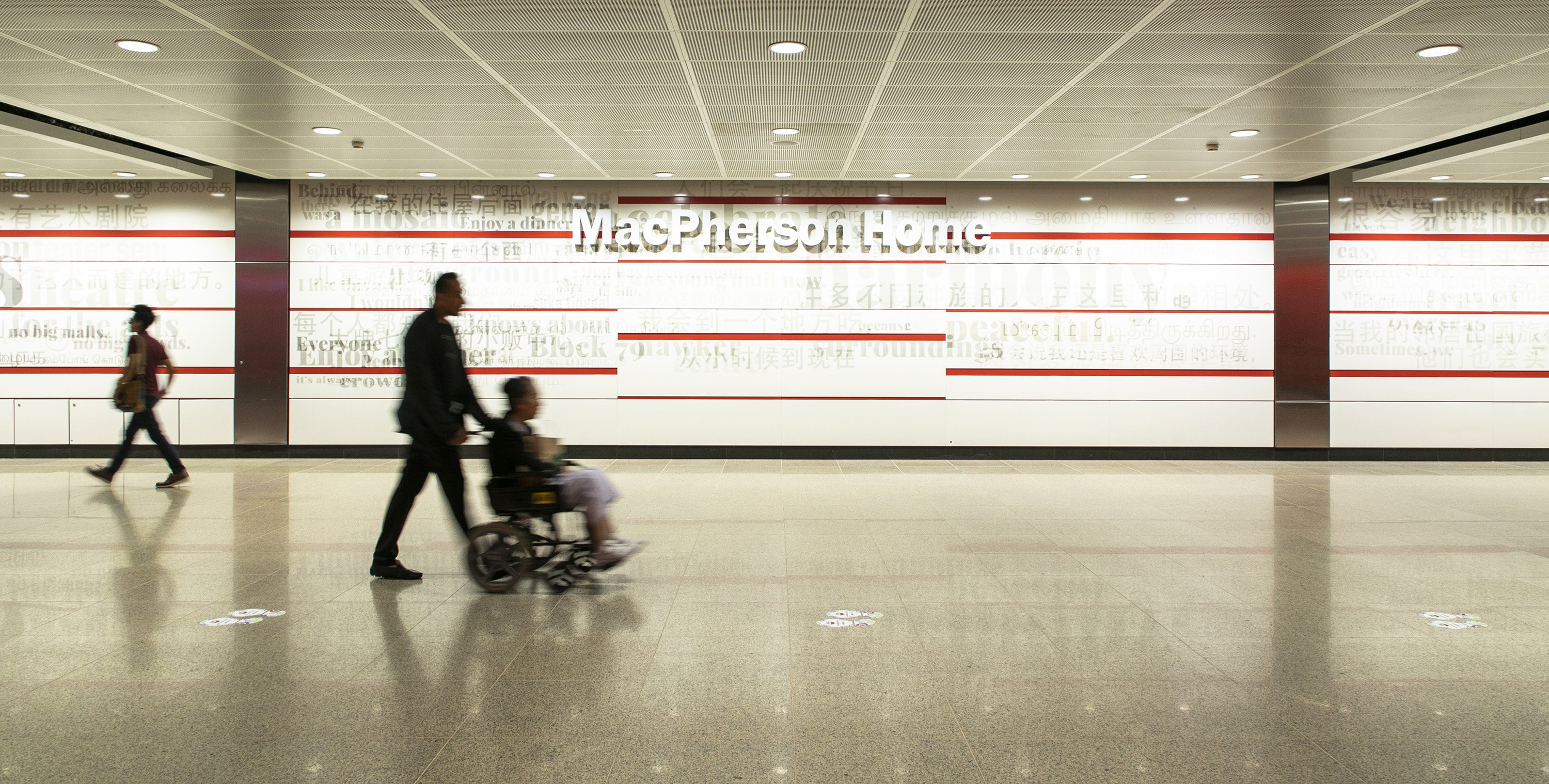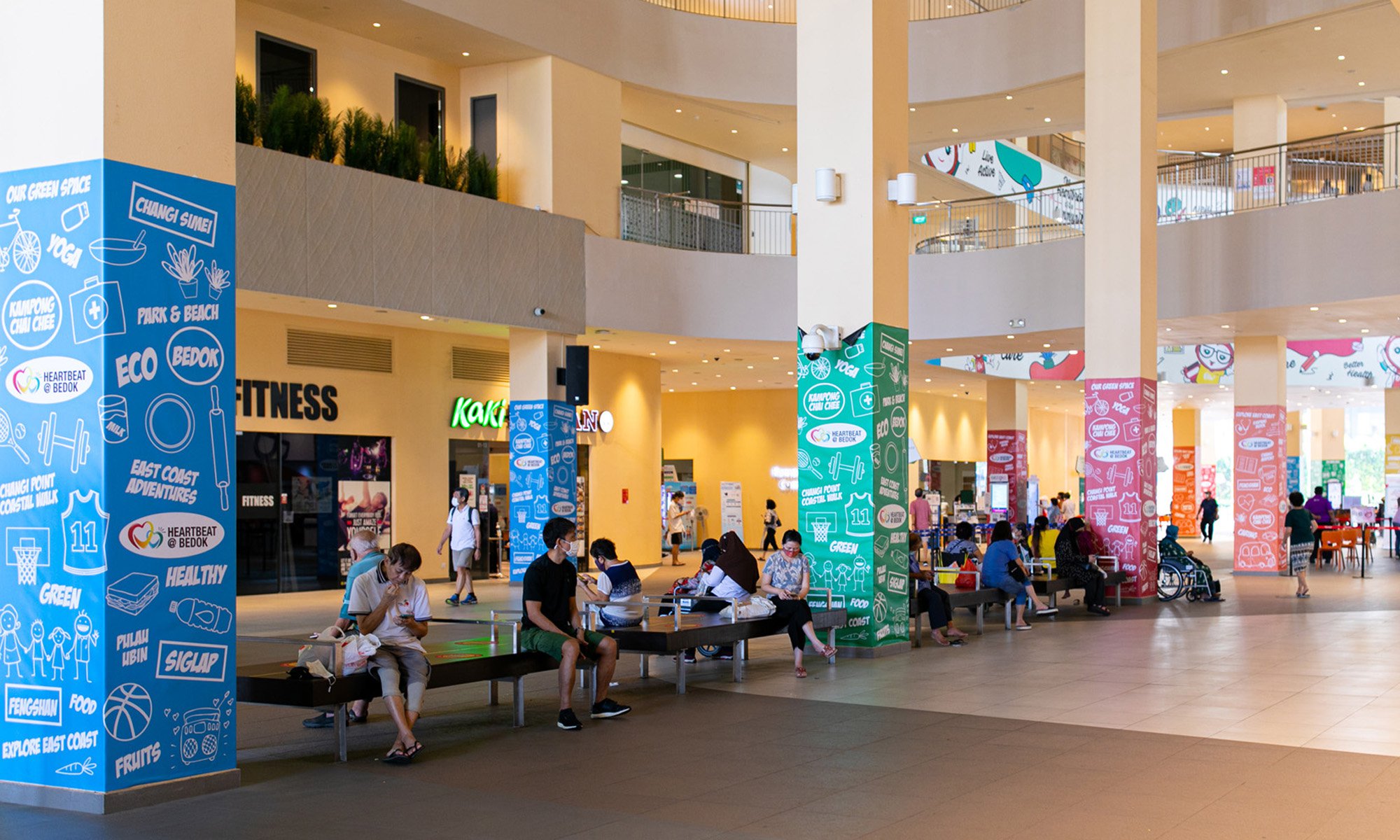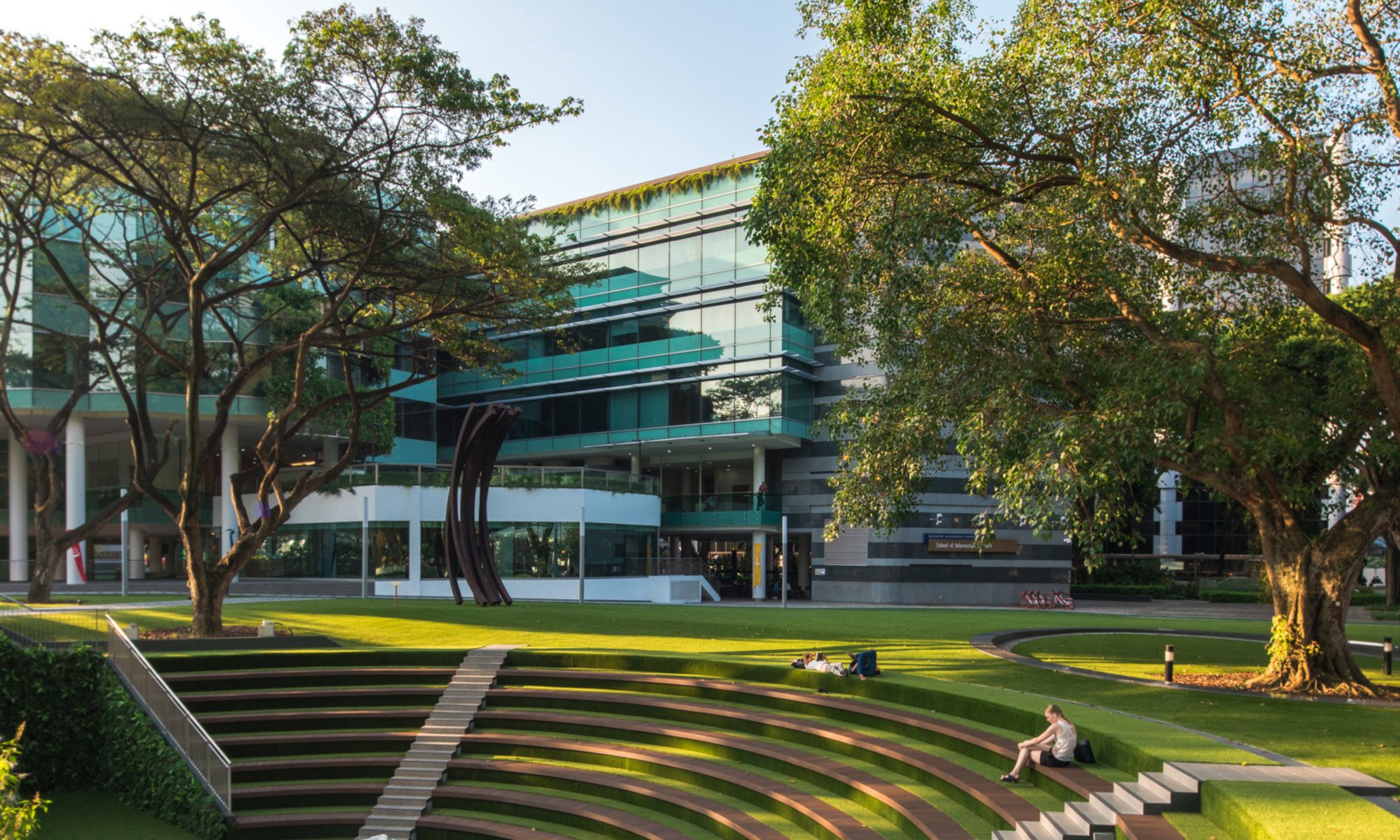
Trends
Community-driven Conscious Design
September 14, 2023
“When you design, you have to understand what the capabilities are of the people you're designing for.” Don Norman, “Grand Old Man of User Experience
Designing a sustainable space requires a holistic approach. Spaces can be genuinely sustainable only if they prioritise the needs, experiences and aspirations of the people. Social and environmental sustainability go hand in hand and together can create a beautiful and balanced built environment. For this, it is essential to place the community at the heart of the project, observe, engage and design with and for them.
Designing a sustainable space requires a holistic approach. Spaces can be genuinely sustainable only if they prioritise the needs, experiences and aspirations of the people. Social and environmental sustainability go hand in hand and together can create a beautiful and balanced built environment. For this, it is essential to place the community at the heart of the project, observe, engage and design with and for them.
The community, i.e., the users, are the experts in the area and the best source of information for what they need and want. By tapping into this resource and engaging with them, we ensure the design process will reflect user preferences. Community engagement and public participation may be in the form of meetings, surveys, focus groups, or user testing.
Observing people before designing architecture and public spaces is essential in creating thoughtful and functional designs to promote positive experiences and interactions. It allows us to understand the movement, preferences and habits of people. This will help designers create culturally and socially appropriate spaces for the local community. Observations can also reveal design barriers or challenges where the design may not be intuitive or user-friendly.
Observing people before designing architecture and public spaces is essential in creating thoughtful and functional designs to promote positive experiences and interactions. It allows us to understand the movement, preferences and habits of people. This will help designers create culturally and socially appropriate spaces for the local community. Observations can also reveal design barriers or challenges where the design may not be intuitive or user-friendly.
A mindful design tries to bring out the local identity by reflecting on the culture, history, traditions and values of the community. One can discover unique characteristics by engaging with the residents, business owners and community leaders. The design may incorporate elements of local architecture or materials, while the signage, lighting and art installations can feature local themes and motifs. Bilingual street signage and public information displays can all include the local language.
Another way to bring out the local identity of a place is to create spaces for events and festivals. These events can celebrate local traditions, music, food, and art, and will be an opportunity to showcase the community's unique identity to visitors. The design should also support and feature local businesses to create a sense of community pride.
Another way to bring out the local identity of a place is to create spaces for events and festivals. These events can celebrate local traditions, music, food, and art, and will be an opportunity to showcase the community's unique identity to visitors. The design should also support and feature local businesses to create a sense of community pride.

Thoughtfully built environments are designed to meet the functional needs of the people who will use them while incorporating aesthetic, emotional and cultural considerations. Design should account for the natural environment and surrounding context, combining elements that complement and enhance the existing landscape. The architectural style and materials used should also be selected carefully to ensure that they harmonise with the surroundings and create a sense of continuity and connection. Beyond design, it is about creating a place.
Further, diversity is an integral factor in design-conscious spaces. Architecture should be accessible, inclusive, and welcoming to people of all ages, abilities, and backgrounds. Designers must consider the needs of people with physical disabilities, such as mobility impairments, hearing or visual impairments, and cognitive disabilities.
Further, diversity is an integral factor in design-conscious spaces. Architecture should be accessible, inclusive, and welcoming to people of all ages, abilities, and backgrounds. Designers must consider the needs of people with physical disabilities, such as mobility impairments, hearing or visual impairments, and cognitive disabilities.
This includes creating accessible entrances, designing pathways and signage that are easy to navigate, and incorporating assistive technologies such as hearing loops or tactile paving. Spaces should also consider people of different ages, from children to seniors, and promote intergenerational interaction.
In addition to promoting social interaction, people-oriented design prioritises safety, comfort and well-being. This may involve designing spaces with natural and artificial lighting, comfortable seating, wayfinding, and temperature and noise control to boost comfort and reduce stress. Architecture should promote mental and emotional well-being by incorporating natural elements like plants, water features, or greens to encourage relaxation and reduce anxiety.
In addition to promoting social interaction, people-oriented design prioritises safety, comfort and well-being. This may involve designing spaces with natural and artificial lighting, comfortable seating, wayfinding, and temperature and noise control to boost comfort and reduce stress. Architecture should promote mental and emotional well-being by incorporating natural elements like plants, water features, or greens to encourage relaxation and reduce anxiety.

The SMU Green Campus in the heart of the city was redesigned by our firm, prioritising the community in design. It was conceptualised as a dynamic learning environment. The campus is composed of spaces and facilities that encourage interaction and collaboration among students, faculty, and the public. The design fosters a sense of community while creating a vibrant and engaging university experience. The carefully planned open zones retain all the heritage trees while making meaningful additions to usable spaces.
A jogging track was altered to have a more meaningful route through the green area. The learning and teaching spaces are flexible and promote collaboration and stimulate thinking.
A jogging track was altered to have a more meaningful route through the green area. The learning and teaching spaces are flexible and promote collaboration and stimulate thinking.
Such people-oriented designs foster long-term sustainability and resilience of spaces. By designing spaces that prioritise people, designers can create environments that promote positive experiences, champion social connections, and contribute to the well-being of everyone.
Sustainable design is about creating an environmentally responsible, socially inclusive and economically viable built environment. It requires a collaborative approach that involves the community, stakeholders, designers, and builders to ensure that the final outcome is aesthetic pleasing, sustainable, and functional.
Sustainable design is about creating an environmentally responsible, socially inclusive and economically viable built environment. It requires a collaborative approach that involves the community, stakeholders, designers, and builders to ensure that the final outcome is aesthetic pleasing, sustainable, and functional.